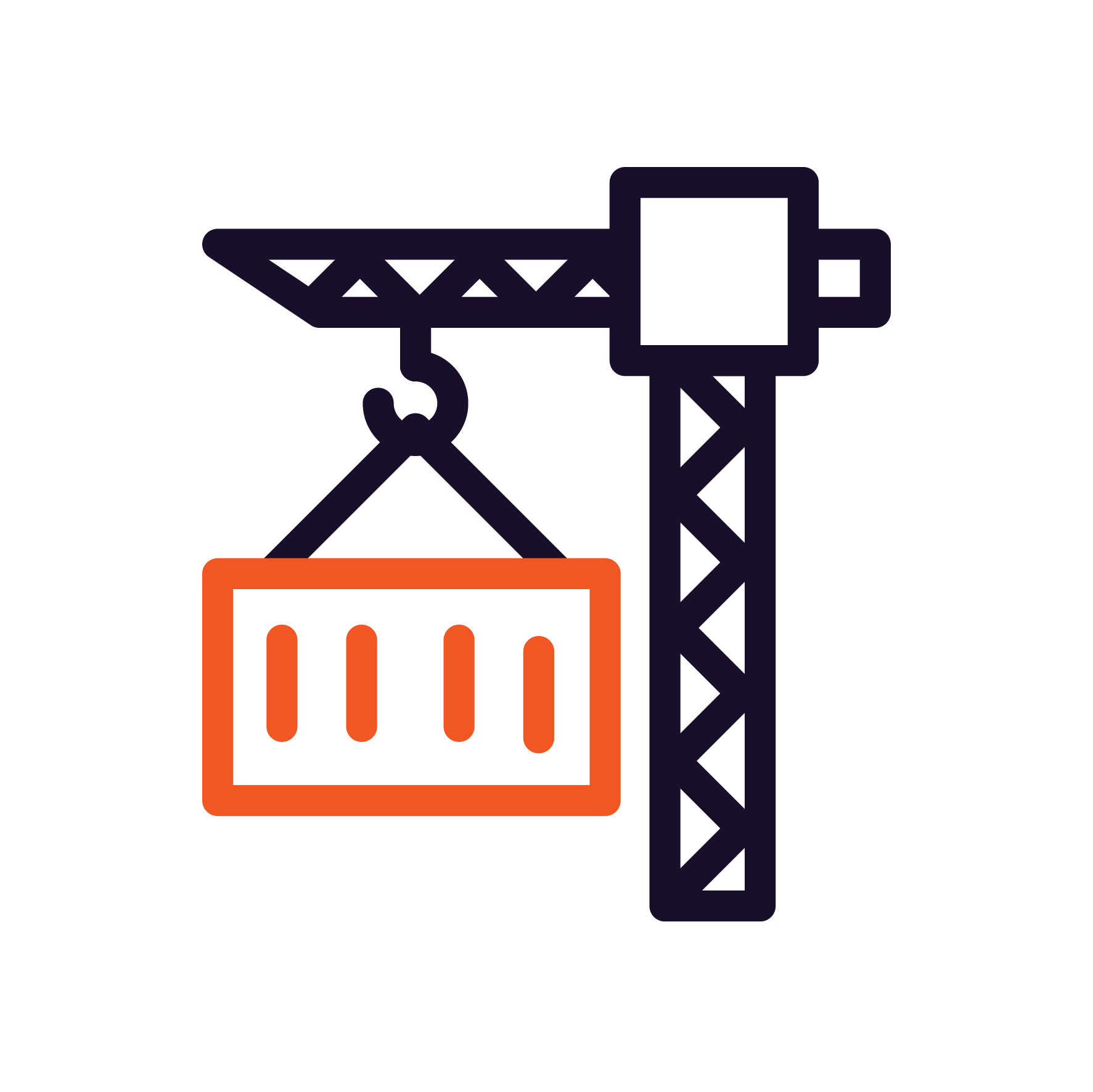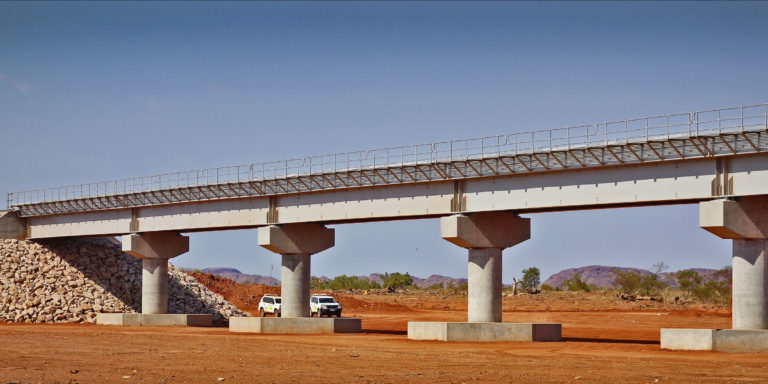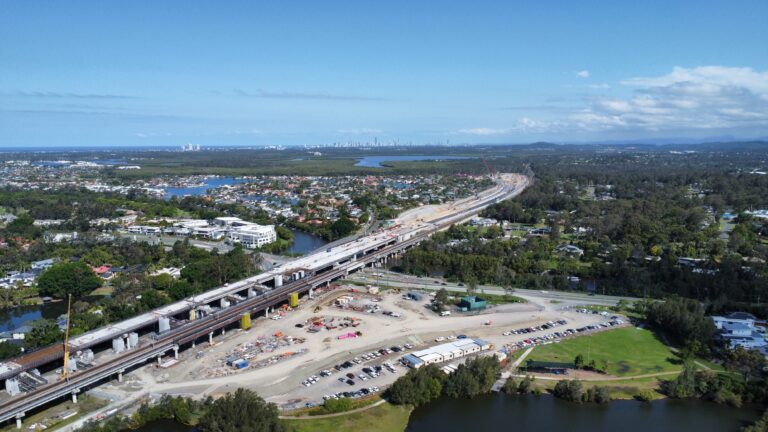Hunter Expressway Flyover
BG&E provided design and documentation for the 156 metre long, five metre wide Hunter Expressway Flyover, which forms the Branxton to Sydney ramp. The flyover was delivered as part of the Hunter Expressway project, which runs 13 kilometres from Newcastle interchange on the Pacific Motorway to the New England Highway, west of Branxton.
Constructed using the incrementally launched method, BG&E developed a design for the Hunter Expressway Flyover that utilised the contractor’s existing launch equipment throughout, with only minimal modifications required to the launch nose, to account for the bridge curvature.
The geometry of the bridge was such that it had to be launched on a tight combined horizontal and vertical curve. Using 3D modelling, our team ensured the set out of the cast bed and supports were compatible with the road alignment.
The location of the bridge was subject to significant vertical and horizontal ground movements due to potential mine subsidence. While the vertical movements were reduced through a mine void filling programme, the horizontal movements required unique articulation of the bridge structure and the use of sleeved piles at piers one and two, to isolate the structure from the ground movement.
The sleeving of the piles was required in consideration of the mine subsidence, which included generating 23 metre long cantilevered pile sections, that deflected significantly during launching. BG&E developed a temporary solution of tiebacks and props to control this movement and to ensure a safe launch.
A prestressing scheme was also developed by BG&E which enabled the removal of traditional second stage prestressing and provided a 25% reduction in prestress quantities, compared to concentric stress only box.
Delivered by the Hunter Expressway Alliance which included NSW Roads and Maritime Services (RMS), Thiess, WSP, and Hyder Consulting, this infrastructure project provides critical connectivity across the state’s road network.
Location
Client
Key Outcomes
Improved road network connectivity by delivering critical infrastructure for the Hunter Expressway
Mitigated mine subsidence risks with innovative articulation and sleeved piles to protect the structure from ground movement
Reduced material use and construction complexity with a prestressing scheme that cut prestress quantities by 25%







